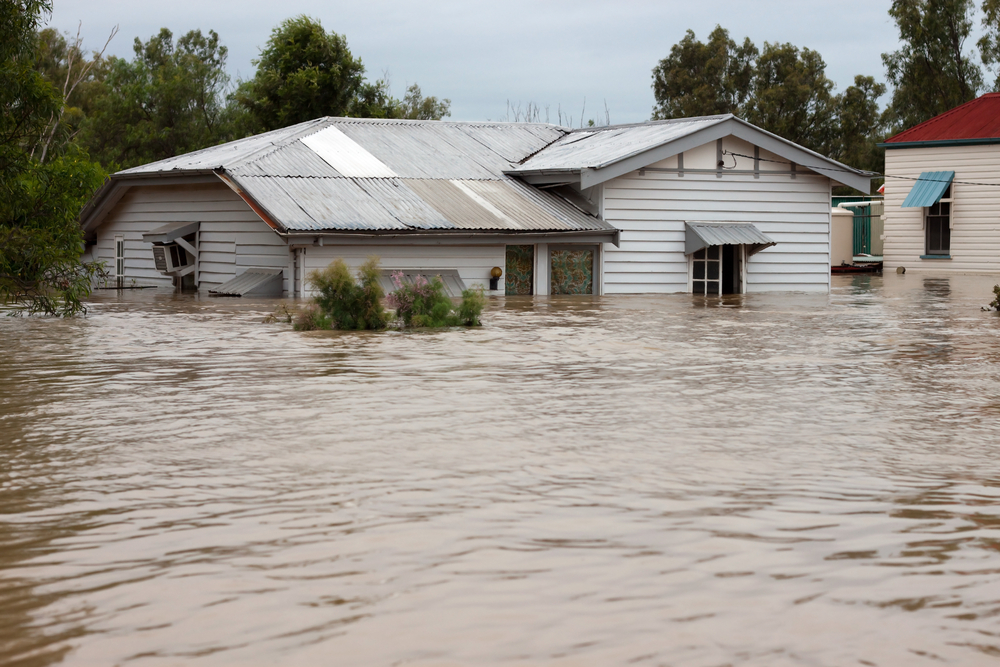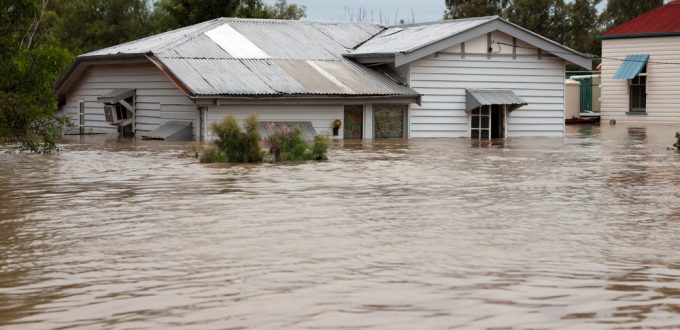
With increasingly dramatic weather patterns worldwide, it’s never too late to review your insurance for flood & storm. Want some help? Contact us now!
Storm Crisis in the United States
At a little over half the size of Tropical Cyclone Debbie, Harvey is not the largest tropical storm the world has seen this year.
Nor is it the windiest — last month’s Super Typhoon Noru pummelled Japan, and at its peak it boasted winds about 50 kilometres per hour stronger.
But due to some unforeseen weather patterns, Harvey has surpassed even the most pessimistic of forecasts, dumping record amounts of rain and creating a deadly flood of incredible proportions.
The system developed rapidly in the Gulf of Mexico, where it had all the right ingredients — an area of low pressure combined with warmer-than-average waters and favourable atmospheric conditions.
As a result, Harvey intensified from a category one system to a category four and average sustained wind speeds increased from 140kph to 215kph in just over 24 hours (a category two to a category four by the Australian scale*).
In part, it is thanks to Gulf waters as warm as 30 degrees Celsius providing energy and moisture to fuel the storm and an atmosphere allowing it to become organised.
But another factor has contributed to Harvey’s mass destruction — its lack of movement.
Harvey has been stalled by high pressure systems on either side, leaving the storm parked in one place as it continues to rain down on already flooded US counties.
Worse still, the flood waters are now acting as an extension of the Gulf, meaning Harvey is practically feeding itself.
Now the USA’s National Oceanographic and Atmospheric Administration is predicting that the storm will continue to be slow moving as it starts to make its way north over the coming days.
That means even more rain for Texas and Louisiana, with a warm moisture source nearby to keep the storm clouds heavy.
It’s not just the storm that’s causing the flood
When building a city, rainwater management is an important consideration.
To ensure that an area has appropriate drainage systems, city planners consult climatologists to get an understanding of the amounts of rain that can be expected.
Harvey is hitting some very built-up areas, and is blowing those expectations out of the water despite a complex system of bayous and waterways.
It is being described as a “once in 500-year” flood event, which is not quite accurate and does not tell the full story.
In fact, Houston is a place where floods are a regular problem, and many Houstonians have experienced several devastating floods in recent memory.
Some of the flooded areas are designated as “500-year flood plains”, which means they have a 0.2 per cent annual risk of flooding — or that there is a one-in-500 chance of a flood in any given year.
The designation can change depending on the construction of drains or other flood protection measures, though they can prove to be expensive and politically controversial.
Importantly, it means that design changes to some of those flooded areas could protect them from a similar event in the future, but it also means there may not be much of a wait before this sort of event strikes again.
Source: ABC











